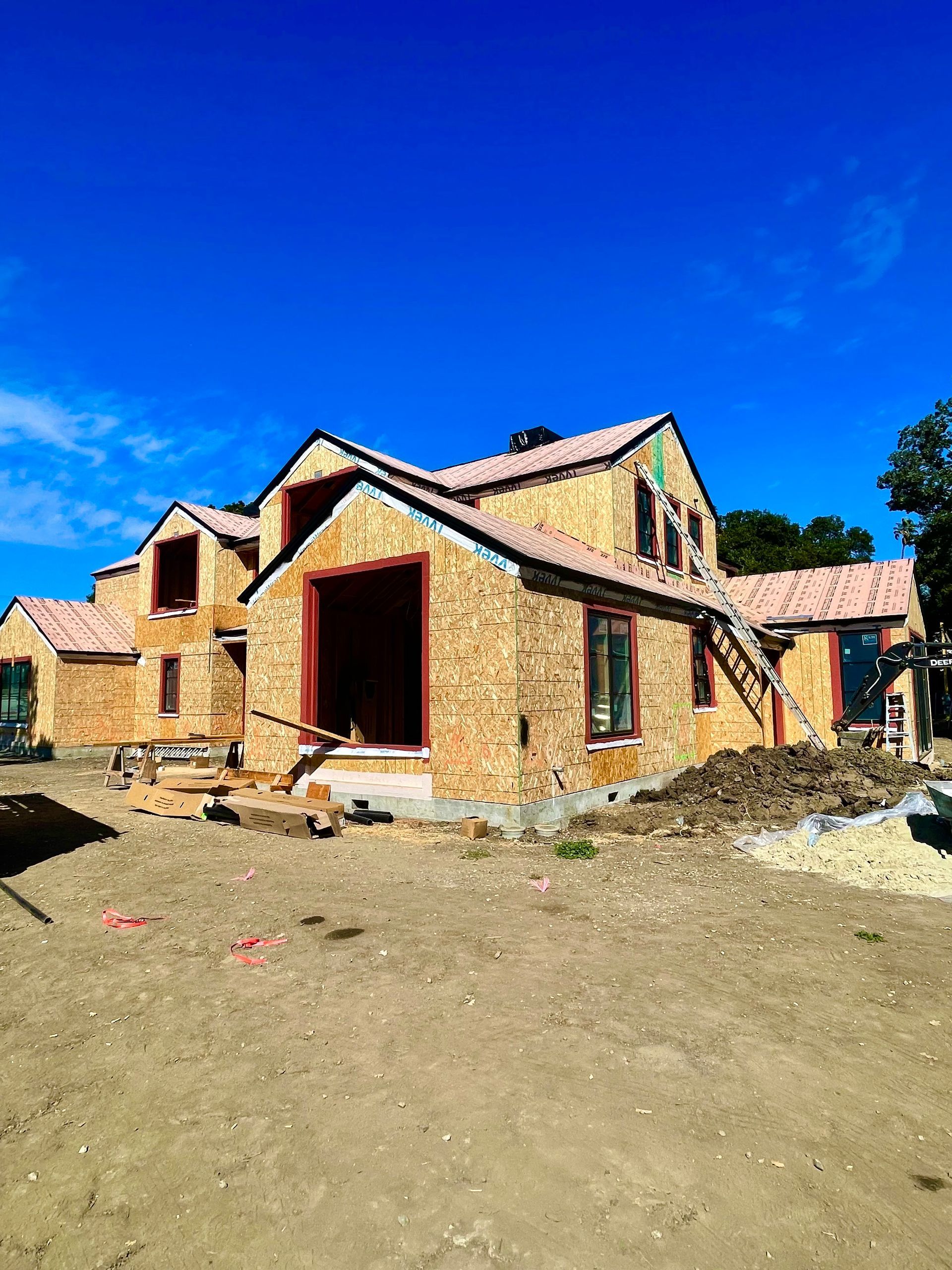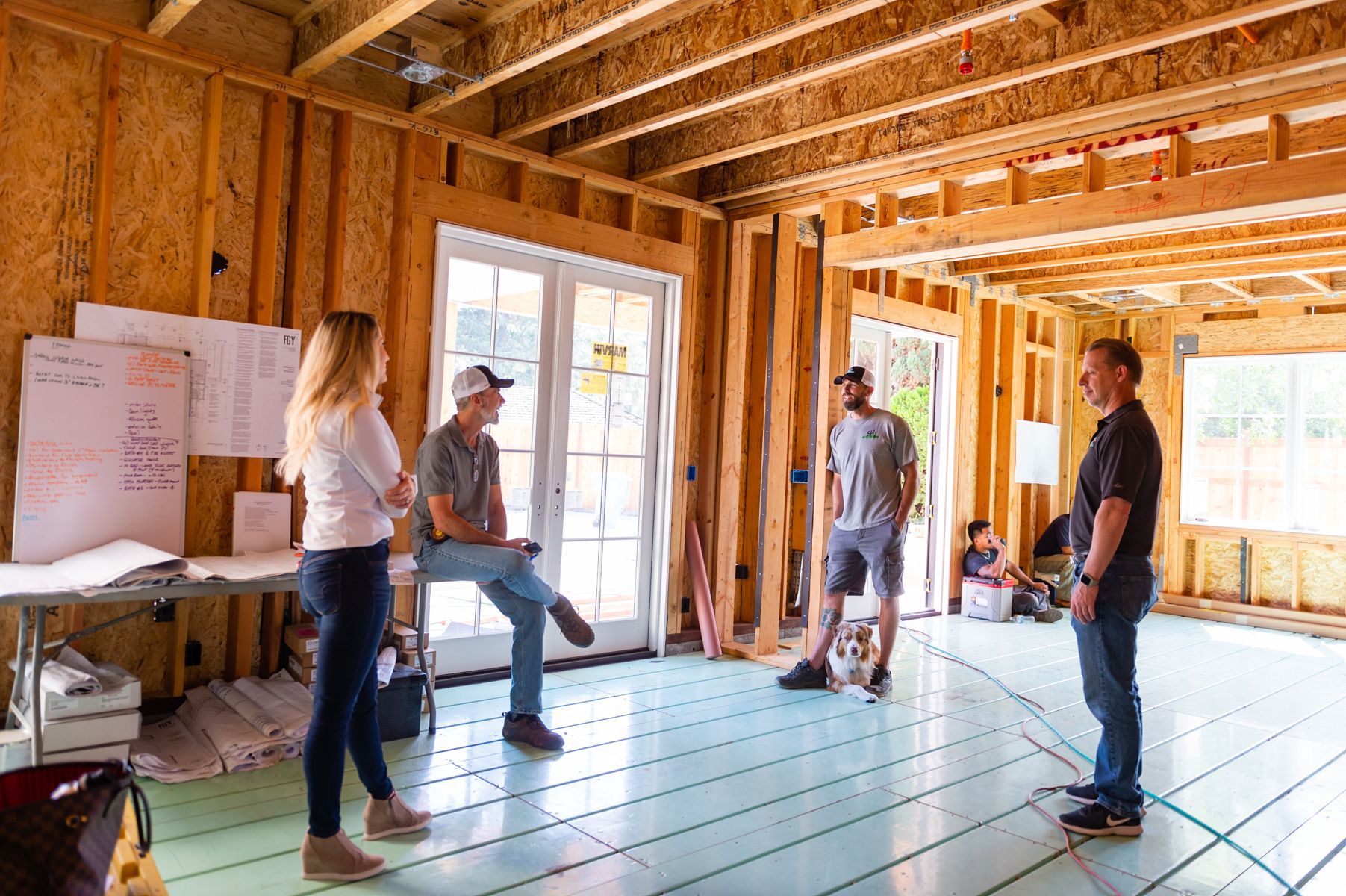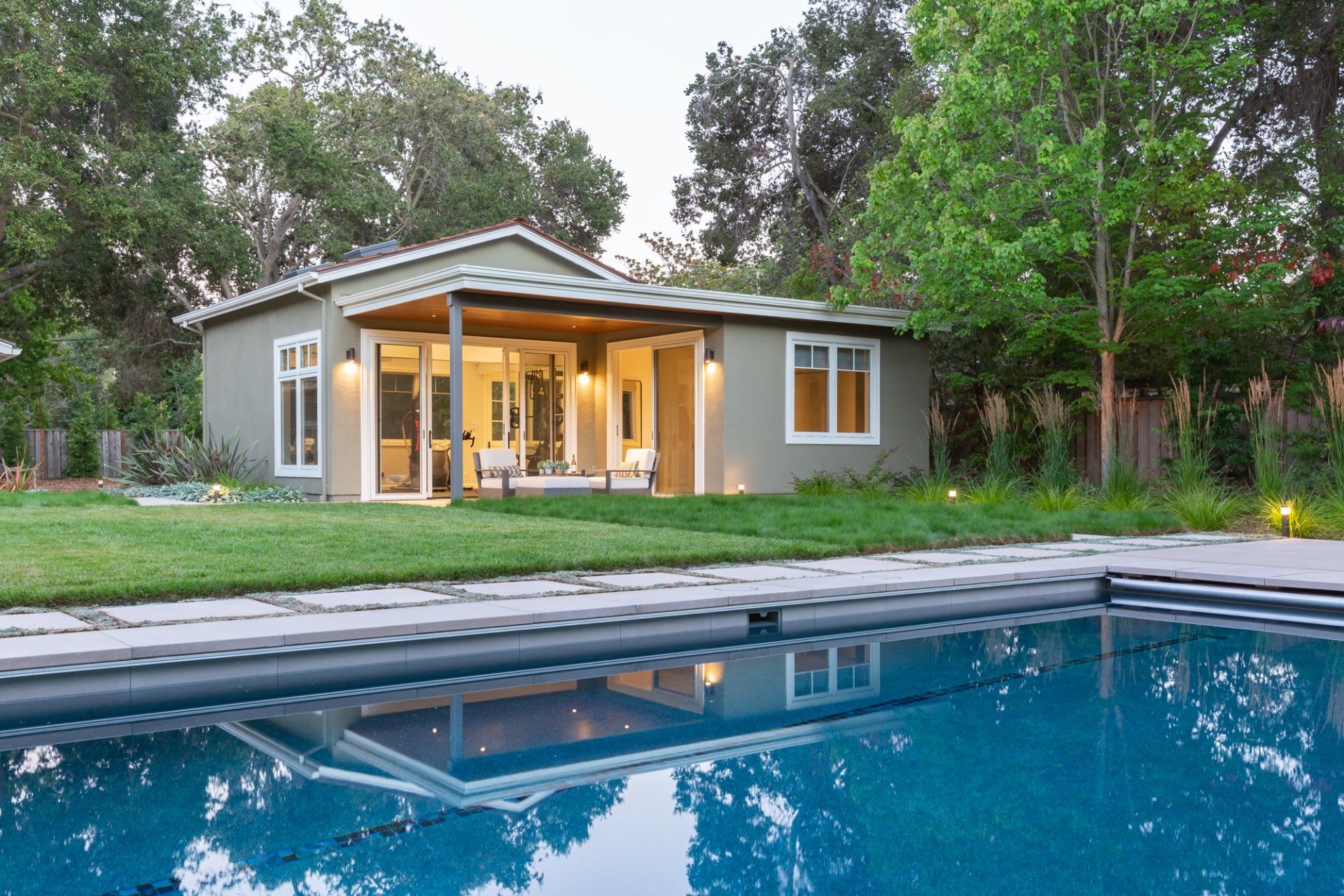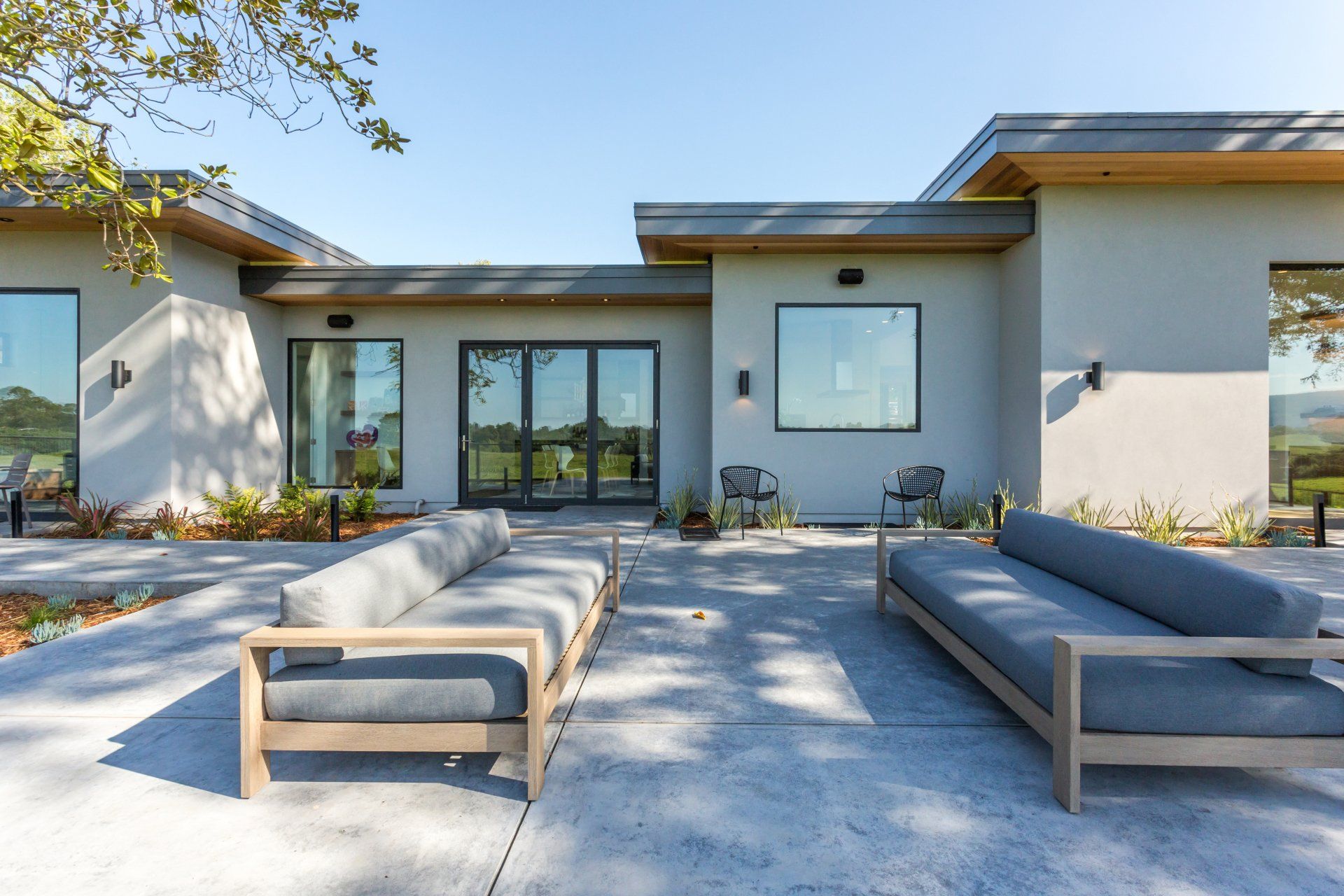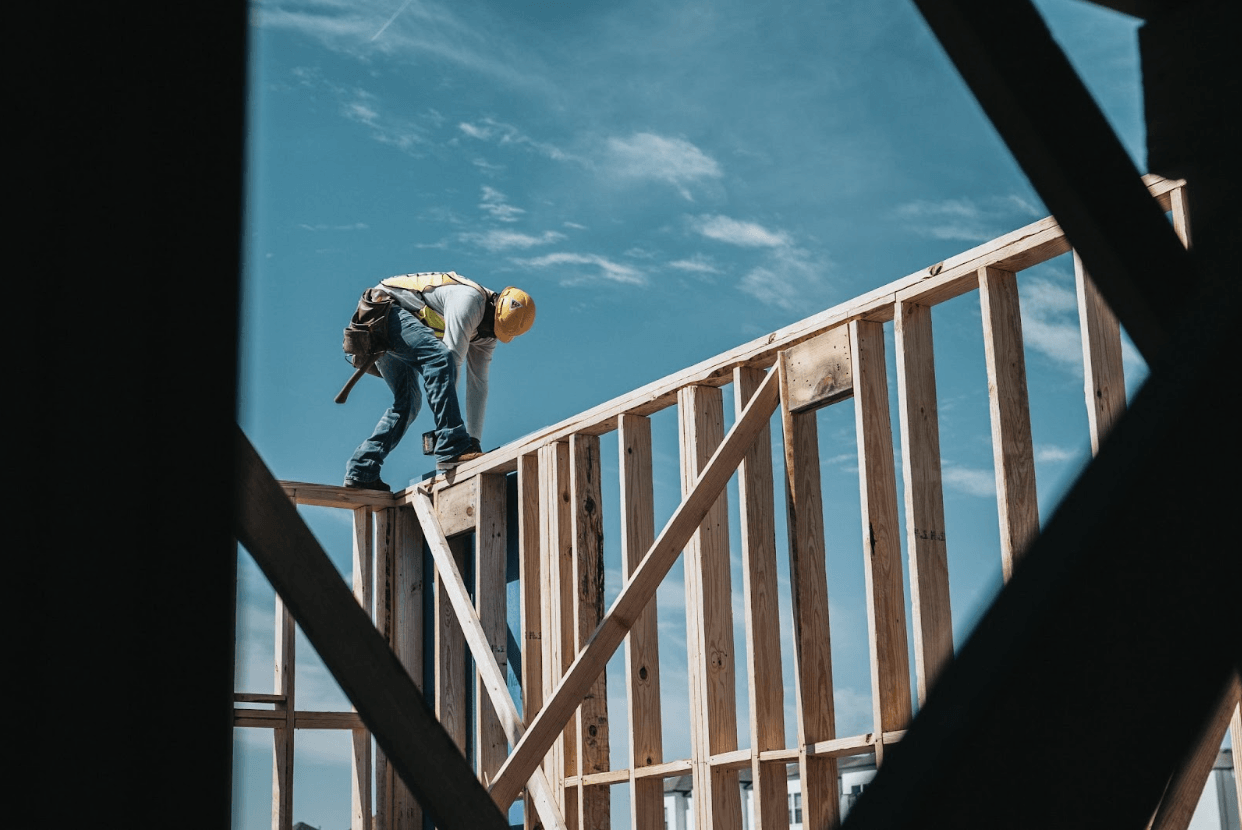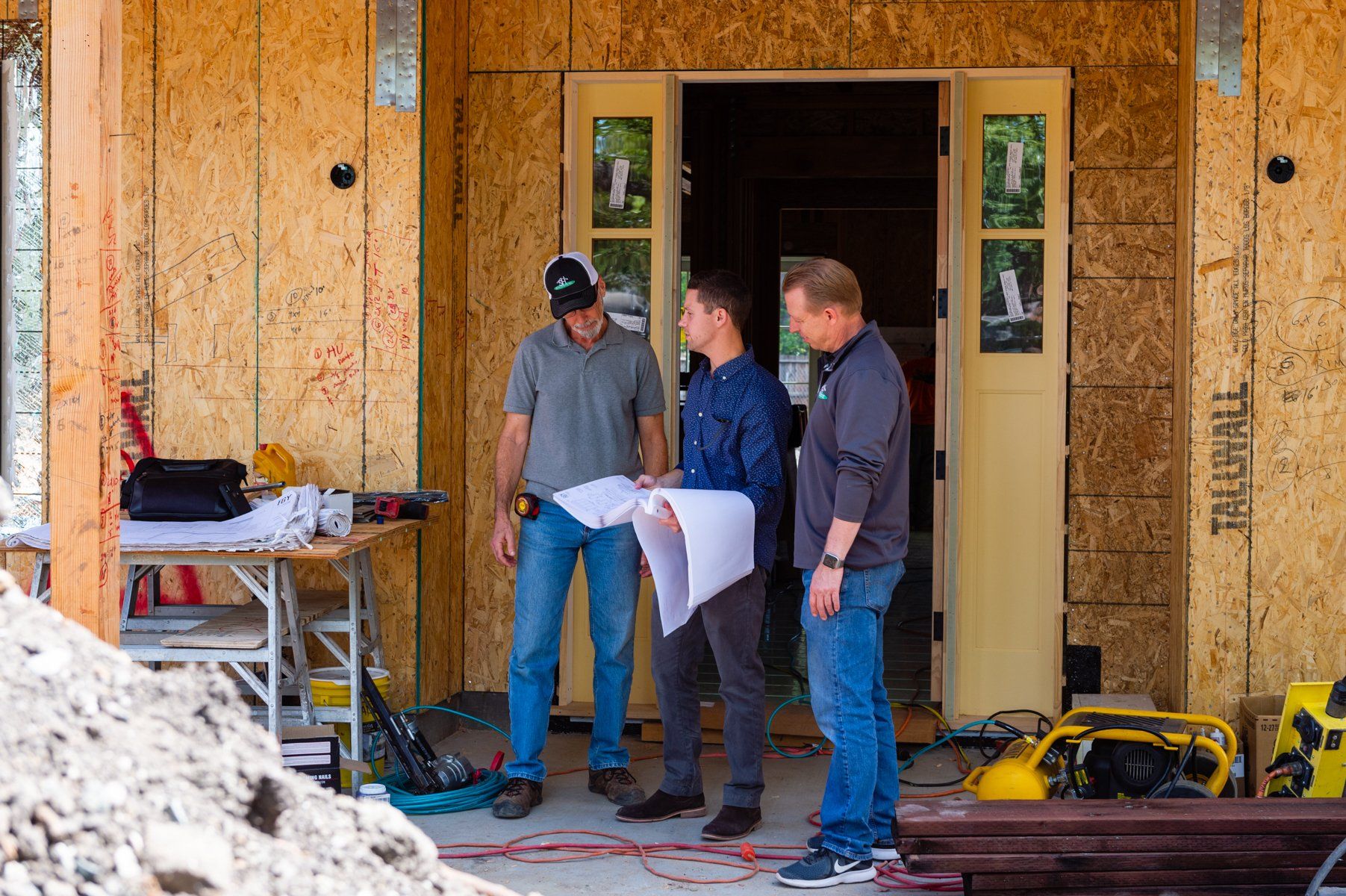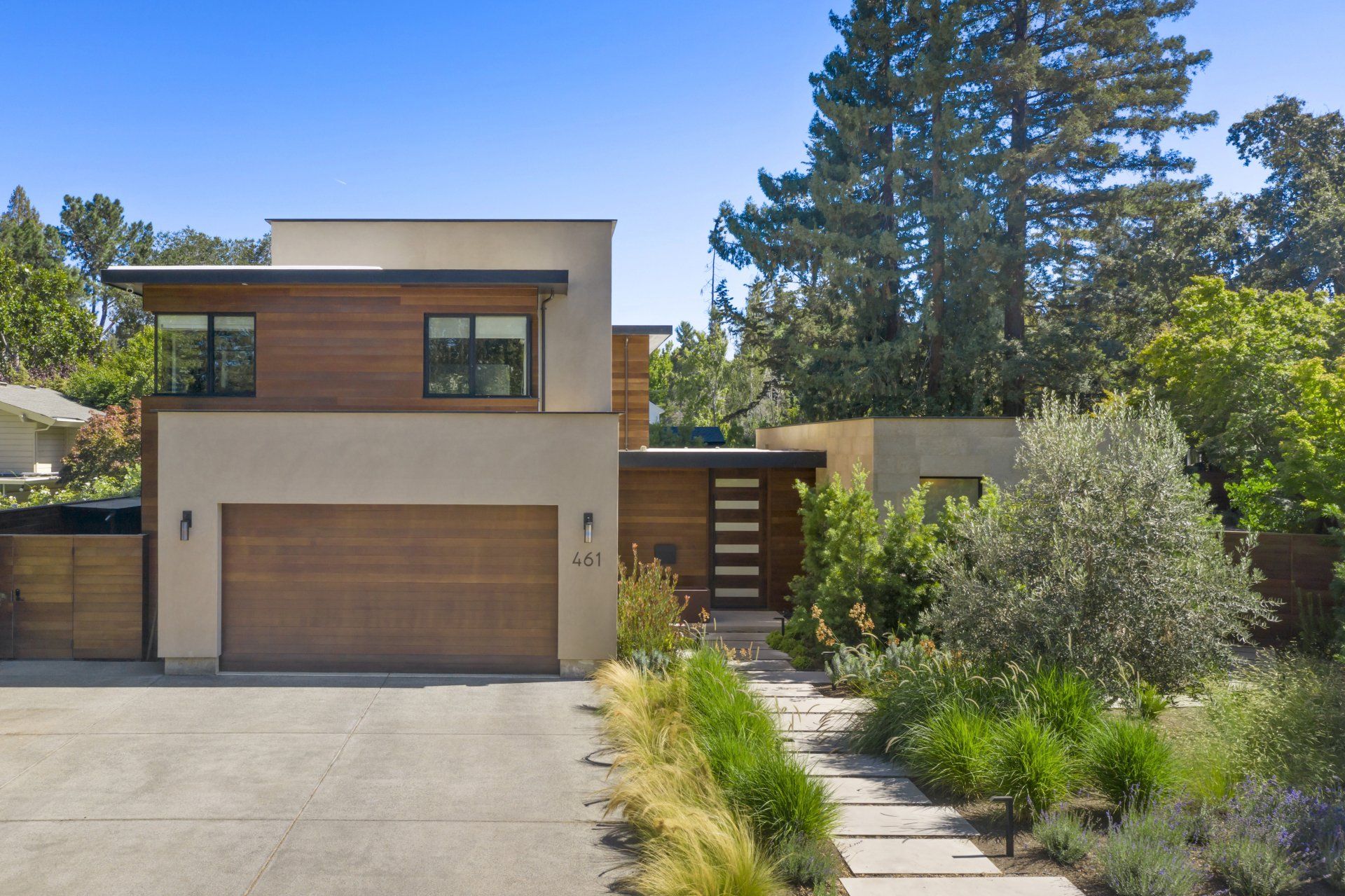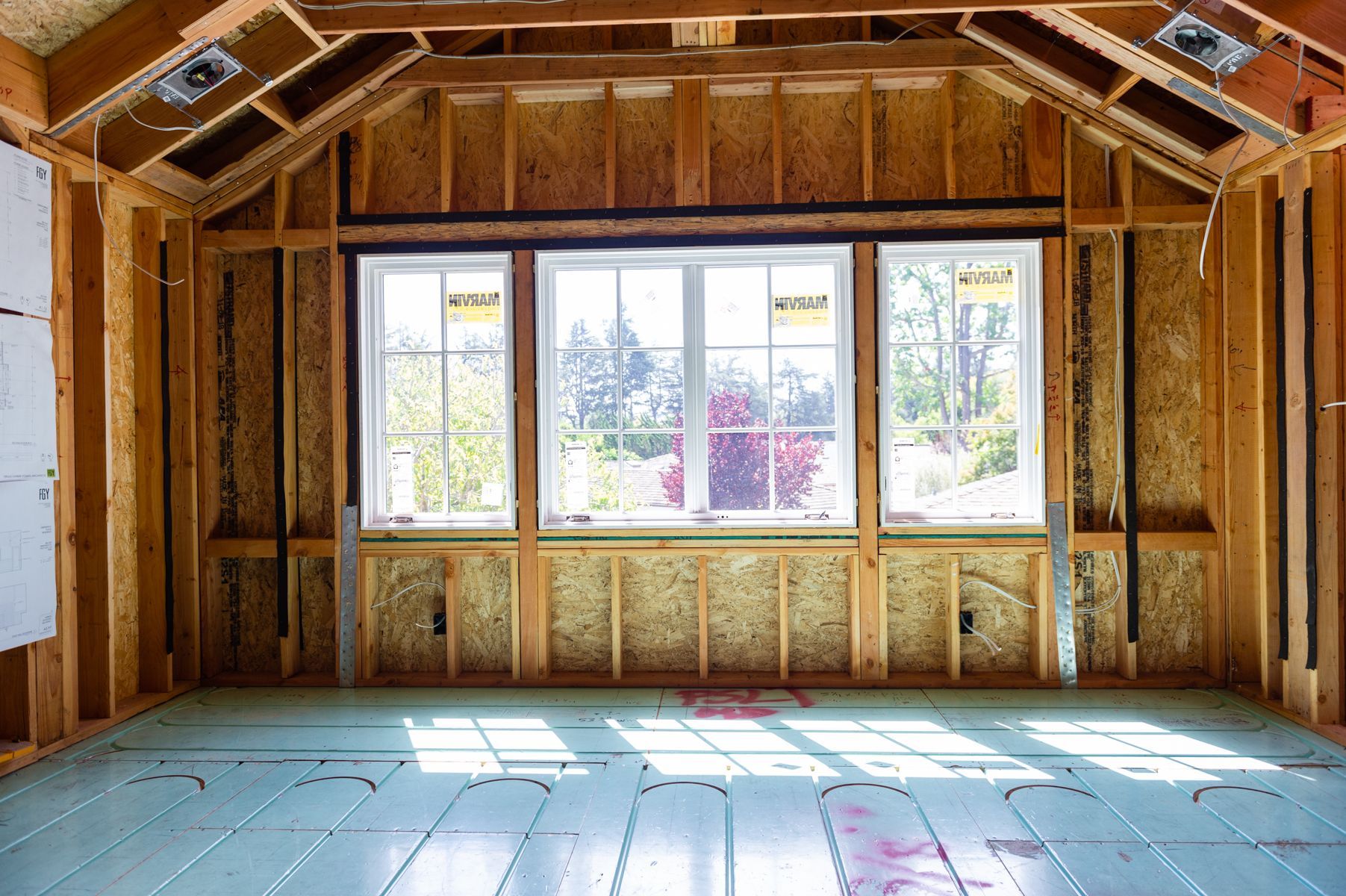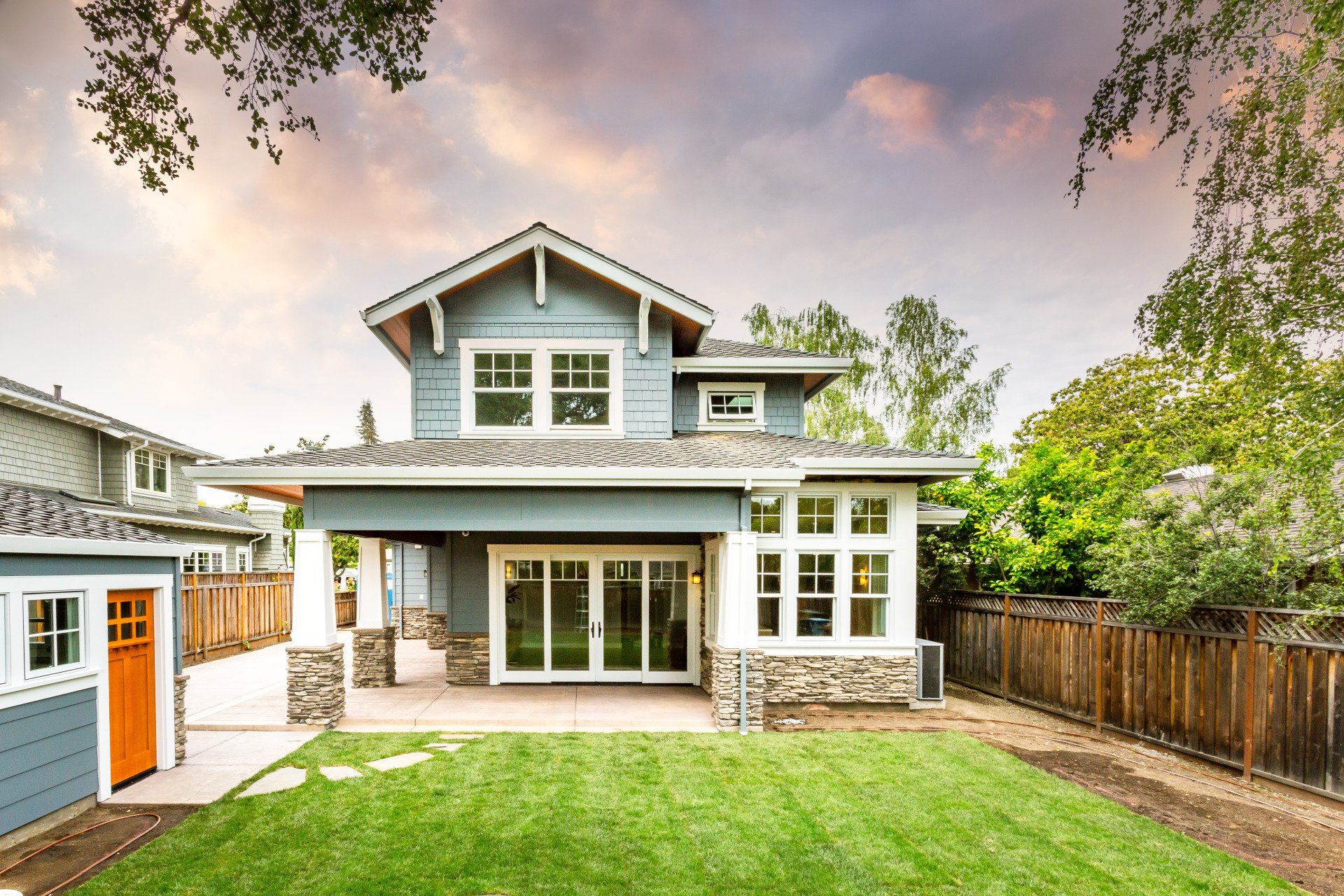
Service providers are constantly on the lookout for clients, and that means putting their best faces forward. On the flip side of that coin, consumers are poring over search results to find the best fit.
So let’s think about the information you’ll find in your service provider research. You’ll probably find mission statements, service details, and—ultimately—why you should choose them. Yes, this is useful information, but wouldn't it help you make a better decision and quickly narrow your search if they also mentioned who they were NOT a good fit for?
Contractors and other service providers have different areas of expertise and different working styles, and Supple Homes is no exception. We understand that we may not be the right fit for everyone, and we want to help you make the best decision for your needs. Below we have specified a few factors that will help you determine if we are a good fit (or not).
CONSIDER COST
Price is one of the most important factors to consider when searching for a contractor. Not everyone has the same budget, and not every contractor will cost the same, which is why it's important to know ahead of time what you are able to spend on a contractor.
Our cost per square foot typically starts at $800. Check out our article;
Understanding the costs of building a custom home
for more info! Be realistic about your budget and understand who you can and cannot afford from the very beginning so that you don’t fall in love with a specific contractor only to discover they are outside of your price range.
WHO’S IN CHARGE?
We have been building high-end homes for more than fifteen years. We have developed strong relationships with exceptional subcontractors and we know the ins and outs of the building process.
We understand how exciting the building process can be and how easy it is to become absorbed in the process. Clients who want to take charge and regulate everything, however, can make the construction process far more complicated and stressful than it needs to be. We want our clients to have complete confidence in us and not have to worry about logistics.
That doesn’t mean we expect clients to sit quietly on the sidelines and watch. Throughout every step of the building process, we make sure to include and involve our clients, but it's important that they let go of the reins and let us take the lead. Remember that we were hired for our expertise, so trust the process and let us do what we do best!

NO IN-HOUSE DESIGNER
We've learned that having a designer on board makes things run much more smoothly. In the absence of an interior designer, projects take significantly longer to complete due to incorrect material selections, delayed decisions, unrealistic designs that did not adhere to building codes, and so on. We do have a Director of Selections that helps with purchasing materials and facilitating decisions. They work alongside the designer, but do not replace the need for one.
Choosing tiles, appliances, color schemes, and all of the other details that go into designing a home can quickly become overwhelming. Having a designer helps to develop and direct your vision.
That being said, Supple Homes does not have an in-house designing team, therefore it’s essential for clients to have a designer before we can move forward. We have worked with many exceptional interior designers, so if you are having trouble finding a designer you like, check out our blog for a few tips on
finding an interior designer or contact us. We would love to point you in the right direction.
OUR WORK AREA
We only operate in mid-peninsula areas like Palo Alto, Menlo Park, and Atherton. Because we are a smaller company and each of our superintendents overlook two or more jobs, we are unable to take on projects outside of our work areas.
However, please do not let that stop you from reaching out. If you have a project outside of the mid-peninsula, we would be more than happy to recommend other qualified builders that operate within your region.
NO SMALL REMODELS
We would love to take on every project that comes our way, but unfortunately that is not feasible. We only take on new construction projects and major remodels because of our increased work volume. We simply don’t have the time to accept bathroom, kitchen, and other small remodels.
CHOOSE THE RIGHT CONTRACTOR
We recognize that Supple Homes is not going to be the right contractor for everyone, and we don't want to mislead anyone into thinking that we are. Just like each one of our clients and homes we build, we are unique. We have our own core values and have developed processes that we have found work best for us and our clients. So if you think we may be a good fit or you have any questions, contact us!
